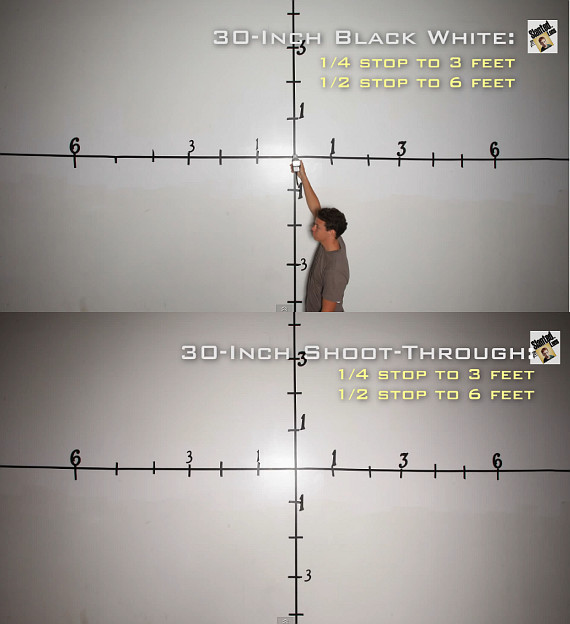When most people hear the word umbrella, they think rain. When photographers hear the word umbrella, they think 72-inch shoot-through parabolic bounce for key and a 45-inch white bounce for fill. Umbrellas can be very useful lighting tools in the studio, especially since they come in so many different finishes, shapes, and sizes. Whether you’re familiar with umbrellas or not, Jay P. Morgan’s short tutorial will show you how different umbrellas affect your lighting as far as light coverage, falloff, and quality:
Some Noteworthy Results from Morgan’s Umbrella Tests:
- The size of the umbrella doesn’t determine the amount of coverage or the amount of light it produces.
- The shoot-through umbrella and black-backed umbrella have very similar light quality and coverage.
- The shoot-through umbrella can take on two roles: a hard bounce light, or a soft diffused light.
- Smaller umbrellas make for harder light, while larger umbrellas produce softer light.
- Umbrella shape does affect the area coverage. A parabolic umbrella will create a more focused light that falls off faster than the flatter umbrellas.
- Silver umbrellas produce a highlight specularity not present with other umbrellas.

Despite their differences, these two umbrellas have the same light coverage and falloff
“When I want a light on a background, I’ll use the white-black [umbrella]. It puts the light on the background and not anything or anyone else.”
Like This Article?
Don't Miss The Next One!
Join over 100,000 photographers of all experience levels who receive our free photography tips and articles to stay current:






Leave a Reply